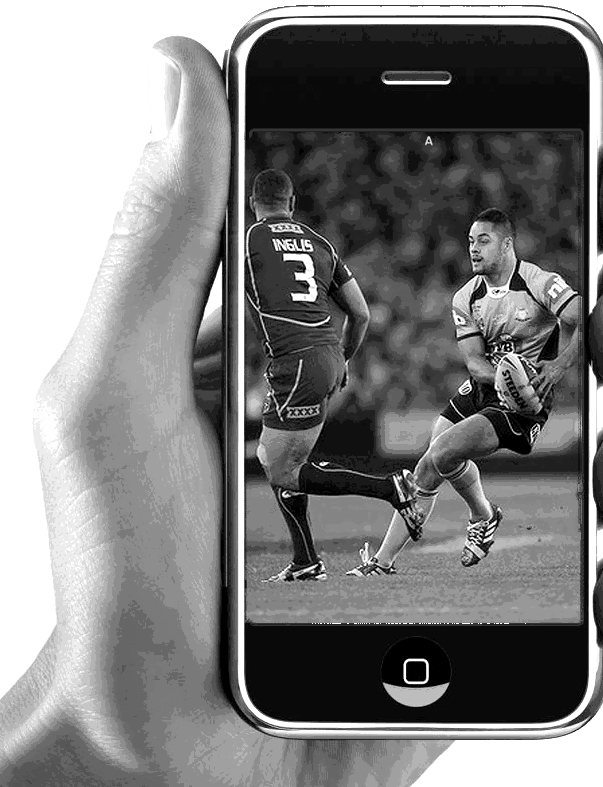Insights

He's the Sexiest Man Alive. but will George Clooney Engage?
An investigation of the impact of celebrity endorsement on brand engagement in today's consumer environment.
By Sally Joubert & Georgia Phillips & Nikki Howlett.
Celebrity endorsement in advertising has been around for about as long as advertising itself. However, there have always been questions about what value celebrities add, in terms of whether they help to get the ad noticed and also how they affect the brand image and feelings.
Today, measuring this celebrity value appears to be even more important as we now find ourselves in the ‘age of celebrity’ with advertisers facing the difficult task trying to engage an increasingly marketing savvy and hard to reach audience. The path of the celebrity endorsement looks more attractive than ever and is also predicted to grow. Using our analysis of over 5000 ads we will shed light on whether it is the right path?

No.1 with a bullet - How to use music to send your brand to the top of the charts
By Sally Joubert & Nikki Howlett.
A funny thing happened at the end of last year. Three briefs come across our desk, all from different clients, all with the same issue. ‘We’re making an ad, we don’t know which music to use’.
You might think that these questions were being asked because of the financial implications, the actual cost of purchasing or licensing particular songs. It’s true, that in one case, there had been an enormous increase in the licensing fee. However, the questions were mainly being driven by the brand implication of music choice. At this stage in the creative process, we find that the risk is not about choosing the wrong music, but about not choosing the right music, the music that can give the ad and the brand that bit extra, and boost it up and above everything and everyone else.

Mobile research goes to the game
By Sally Joubert (CEO, Luma) & James Burge
(MD APAC, Research Now)
The past decade has seen substantial changes in the way we interact within society, particularly in Australia. A recent Google study showed that 65% of the population owns a smartphone, which is nine percentage points ahead of the United States and also ahead of Britain, France and Germany. This rapid advance in technology has not only had an impact on our personal communications but has also dramatically shifted the interaction consumers expect from brands. This, in turn, has implications for how we approach research. Already, click-through rates, or CTRs, on paid search ads in Australia are higher on smartphones and tablets than they are on PCs. Perhaps more importantly, cost-per-click (CPC) is much higher in Australia than it is in the US Mobile needs our attention, it’s now not a ‘nice to have’ but a ‘must have’.